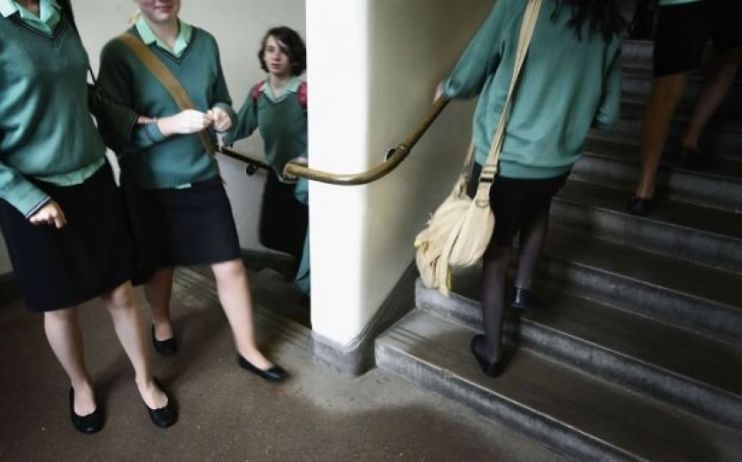Will it work? Taxing private school fees

It’s an election year. Politicians are giving us a barrage of policies. But we often forget to ask the most important question: will they actually work? In this column Sam Fowles take policies on their own terms and asks whether they solve the problem they’re supposed to solve.
Labour’s pledge to end the VAT exemption for private schools is perhaps its most identifiable (and controversial) policy. But will it work?
What’s the Plan?
Charging 15 per cent VAT on private school fees.
Reasons to Get Excited
As Michael Gove (yes, really) argued, exempting private schools from VAT: “…allows the wealthiest in this country… to secure[s] their children a permanent positional edge in society at an effective 20 per cent discount.”
The state system is “failing on every measure”. Teachers are leaving in record numbers. Students are stressed and unhappy. The government’s vaunted “free schools” project (the brainchild of… 2011 Gove) is riddled with “nepotism, fraud, and cheating”. One of my first cases involved exposing how “A businessman tricked the government into believing he was qualified to run state schools, cost the taxpayer almost a million pounds and damaged the education of thousands of children.” The government tried to keep the story secret.
While ministers like to boast about the UK’s rise up the Pisa league tables, some education experts argue that these do little more than reward rote learning.
The education system needs many things. All of them cost money. Keynesians (like me) reject the idea that any public spending must be matched with a cut elsewhere. But Labour is playing by Treasury orthodoxy. On those terms, cutting a subsidy to top the 6 per cent (who attend private schools), to fund vital investment, seems sensible.
Does it add up?
Not so, says the Adam Smith Institute. It claims Labour’s plan will likely generate zero revenue and could end up costing around £1.59bn. Knock-on effects include “more people working less as they are no longer striving to pay school fees that have become unaffordable”.
But the ASI’s model has three big problems. First, it assumes people who lose their jobs (due to reduced demand for private schools), and the money saved by parents (from no longer paying unaffordable school fees) will just disappear. In fact, workers will likely get jobs elsewhere and parents will spend their money on other things (the prospect of high earners quitting their jobs because they no longer have to pay school fees is, at best, far-fetched). Second, the £1.59bn cost assumes that 25 per cent of private school students will transfer to state schools. It’s based on a single survey, with a tiny sample size, which tax experts found unreliable. In reality, private school demand is relatively inelastic. The past decade saw fees increase by around 20 per cent, but student numbers stayed steady. So long as the tax isn’t rushed, it’s unlikely to have a significant impact on demand. Third, the ASI’s only real case study is of Greece, which has an entirely different education sector. There’s no real analysis of the Greek scheme, or evidence beyond references to some decade-old social media posts and blogs.
Cause for Concern?
That doesn’t mean it’s a good plan. State school spending is, in real terms, lower today than in 2010. Spending per pupil is 90 per cent lower than in private schools. The sector needs more and better trained teachers and teaching assistants, more equipment, renovated facilities, and a revamped curriculum. The Institute for Fiscal Studies predicts Labour’s policy will raise around £1.3bn, funding a 2 per cent increase in the schools budget (the IFS admits a margin for error but its analysis avoids the pitfalls from which the ASI’s suffers). This isn’t enough to cover rising day-to-day costs, let alone the additional investment schools need. The repair bill alone is around £11bn. The plan is, at best, a drop in the ocean.
How does it score?
Labour’s plan is nowhere near as bad as its critics claim. But it’s a band-aid for a cancer.
- Electoral appeal: 4/5
- Value for money: 4/5
- Effectiveness: 1/5
- Originality: 2/5